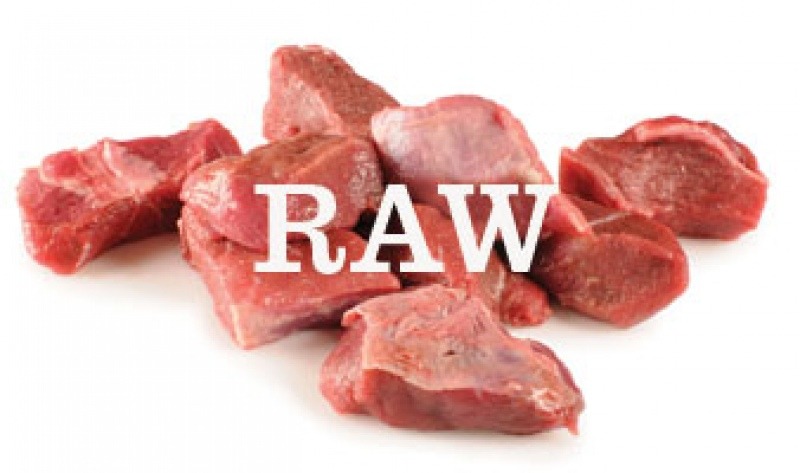You may have fed raw before, or not. You might know raw food handling procedures like the back of your hand, or not. Here are some basic things that are specific to Fetching Foods you should know as you start feeding.
Start with the feeding tips. Try to implement as many as possible before the food arrives. Pay close attention to transitioning as well. http://www.fetchingfoods.com/meal-time-feeding-tips/
If you ordered Custom Meals, we’ve likely customized the meal size to a precise portion size. It could be by the meal or for the day. Or some other configuration. Follow the instructions discussed or emailed for feeding.
If you’re feeding Only Dog or Just Cat, note the calories per ounce and feed accordingly. There is a feeding chart in the FAQ (www.fetchingfoods.com/faq) that can be used as a starting point.
When your food arrives:
1) Keep frozen. When ready, defrost 12-24hrs before use in the refrigerator. Once defrosted it will remain fresh in the fridge for approximately 3-4 days.
2) To defrost quickly, place pouch in cold water for 25-35min or until defrosted.
3) To maximize palatability, warm food up by adding 1-2 tablespoons per 8oz of medium-hot tap-water to the food before serving.
4) Use the juices for maximum effect. On the final serving from the pouch, add hot tap water, a few tablespoons worth, swirl around, to extract all remnants. Then pour the slurry on the meal.
5) Keep two to three days worth of bags/packages in the fridge defrosting all the time. When you completely use one package, replace it with one from the freezer.
6) The food can stay in the feeding bowl for 30mins. You can pick up the bowl and place it in the fridge for at least an hour for another try later, if your pet doesn’t finish the meal. You can even serve it for the next meal e.g. Dinner. This can be done twice, saving you from throwing out the food if the meal isn’t gobbled up immediately. You can refreeze unused or partially used packages of food without issue for use later.
7) It’s a good practice to clean the bowl and mat under the bowl after feeding. See the next section for details.
8) Feed to needs, not appetite. That means determine how much your dog or cat should eat in ounces (see FAQ or contact us if you need help) and feed that amount. Appetites fluctuate, daily nutritional needs are fairly fixed. When you over feed you’ll see your animal get finicky and/or gain weight. When you feed only what’s needed you get more consistent empty bowls without pickiness.
9) It’s okay to refreeze Fetching Foods. If you defrost too much food, seal it in a bag and put the extra in the freezer. When you’re ready to serve that extra food, follow the same defrosting steps above.
After Serving the Food, the Clean Up
We’ve all heard the hype about the dangers of raw meat. Some of the hype is warranted and some isn’t. Raw food, specifically raw meat, is what we’re talking about. Keep in mind we’re dealing with two species: humans and dogs and/or cats. Both have different tolerances for the bacteria that thrive on raw meat. The FDA’s guidelines are for humans. Our pets can typically tolerate a higher quantity of pathogens than we can.
For the ultimate word on Raw Meat Handling Procedures, the authority to cite is the FDA. You can find detailed information here: https://www.fda.gov/food/resourcesforyou/consumers/ucm255180.htm
Most of us have cooked raw chicken, beef, pork, or some other meat in our kitchens. Handling Fetching Foods is the same. Here are some practical tips from the FDA (#5 is our addition):
If you have further questions, contact us: info@fetchingfoods.com

In recent years, pet owners have become increasingly concerned about the quality and nutritional value of the food they feed their furry companions. One trend that has been gaining popularity is the use of hydrolyzed ...
Introduction As pet owners, we are constantly seeking ways to improve the health and well-being of our beloved furry companions. One aspect that has gained significant attention in recent years is the use of herbal ...
As we move through this holiday season and towards the new year, we’ve been stuffing our faces as we prepare to stuff our stockings! You might already be at the point where you are loosening ...